We have all heard of the Great Wall of China, but few know that India also has its own “Great Wall of India”, that has been long overshadowed by its neighbour to the East. Commonly called after the fort it surrounds, Kumbhalgarh, it is almost unknown outside its region.
The wall extends for 36kms and can easily be mistaken for the Great Wall of China if viewed at through photographs. Contrary to the latter, however, work on Kukbhalgarh began in 1443, separating the two not only through locations and cultures but many centuries as well.
[wp_ad_camp_1]
Rana Kumbha, local Maharana of Rajasthan ordered the work to begin on this wall, originally meant to surround and protect his fort high on a hill, about 1000 meters above sea level. It was later enlarged in the 19th century and the place is now a museum. The walls have seven gateways and are over fifteen feet wide in some places. The inhabitants of Kubhalgarh, the fertile land and over 360 temples behind these walls were protected from any outside danger. The temples were built by followers of the three major religions of India: Hinduism, Buddhism and Jainism.
Legend has it that despite several attempts, the wall could not be completed for one reason or the other. Finally the king consulted one of his spiritual advisers and was advised that a sacrifice be made, and a volunteer offered his life so that others will be protected. Today, the main gate stands where his body fell and a temple where his severed head came to rest. The fortress behind the walls only fell once over the course of its five hundred years of history, but only because drinking water ran out within its walls.
Tourists visiting these grounds are warned of ancient defense mechanism and traps, although most of them have been disabled. This beautiful monument to history however still remains much of a mystery and is almost unknown to the rest of the world outside India.

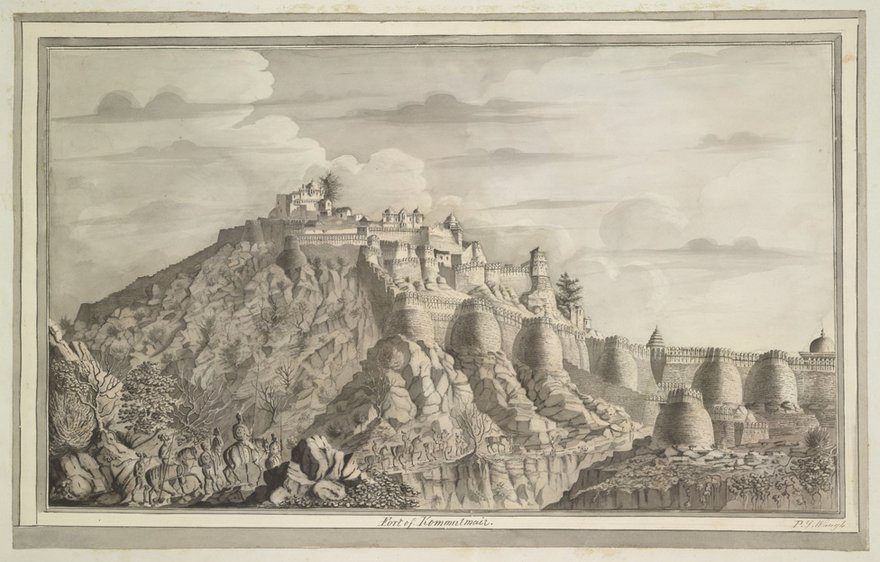
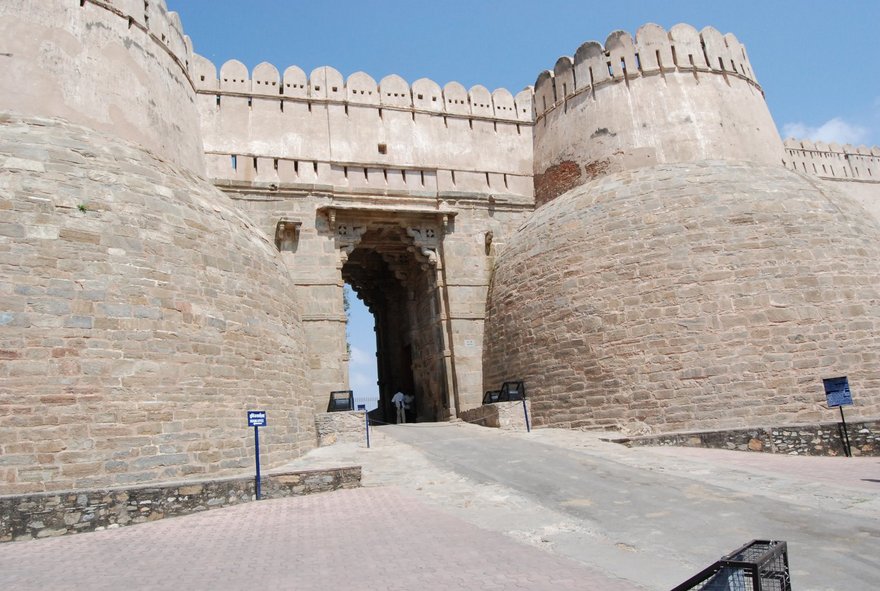
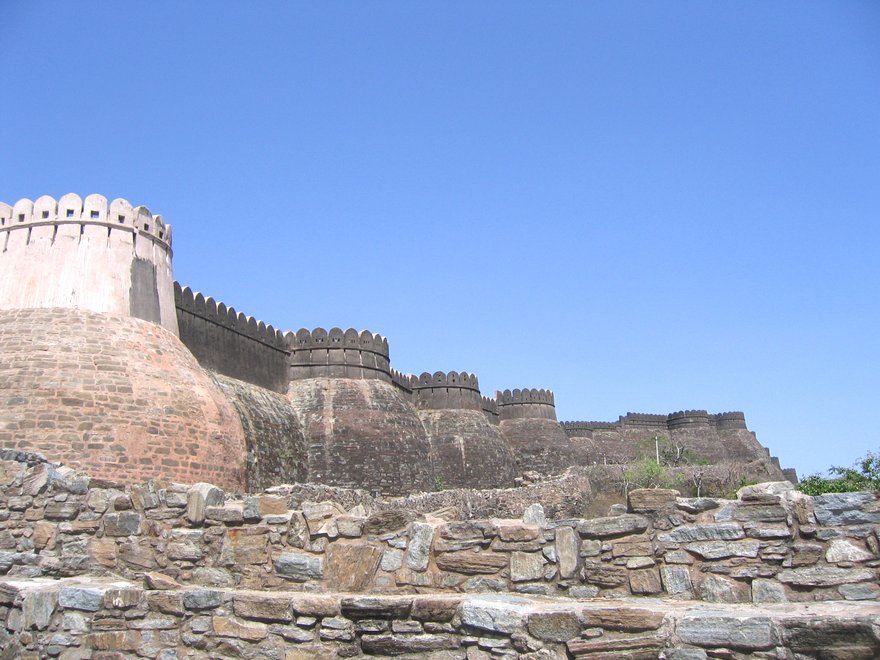
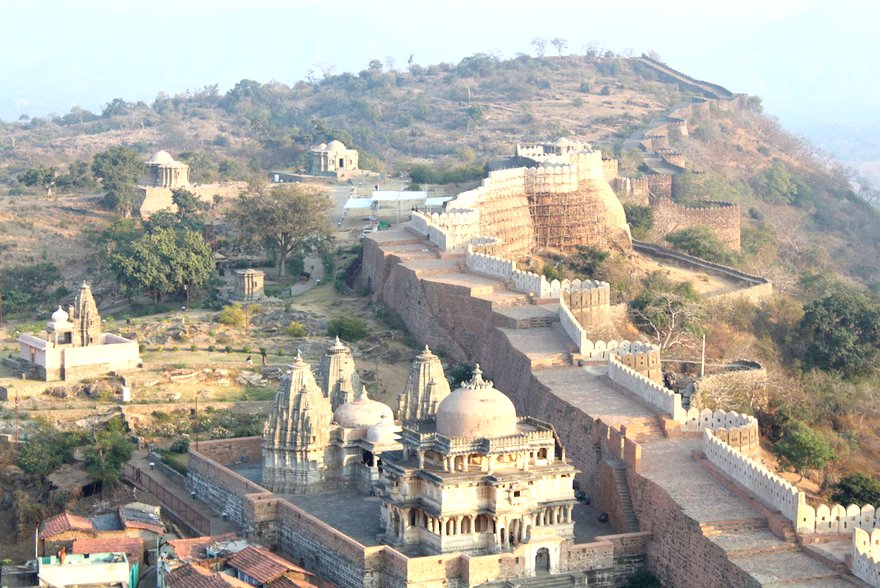
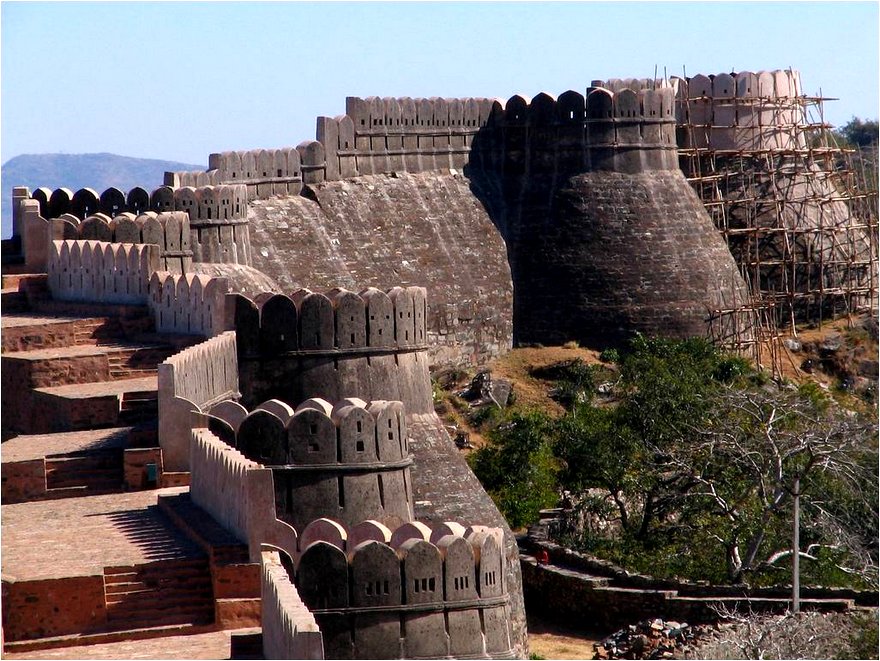
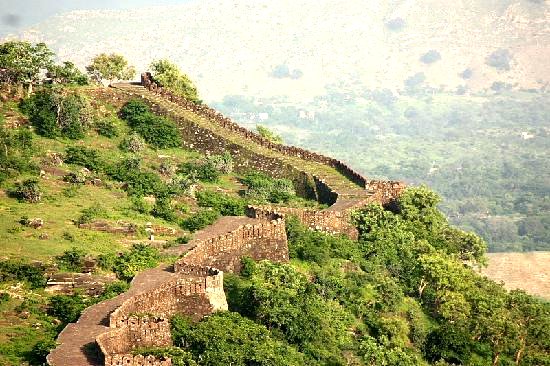
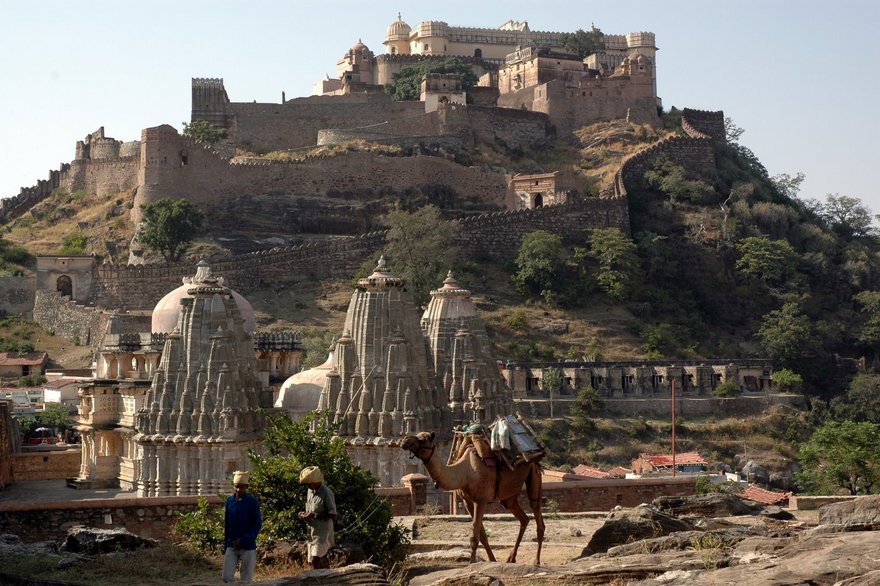
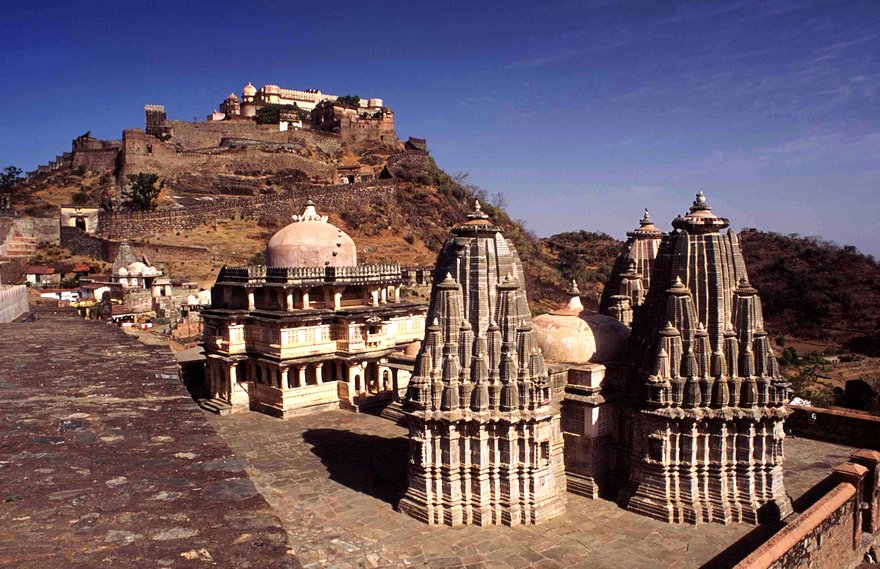
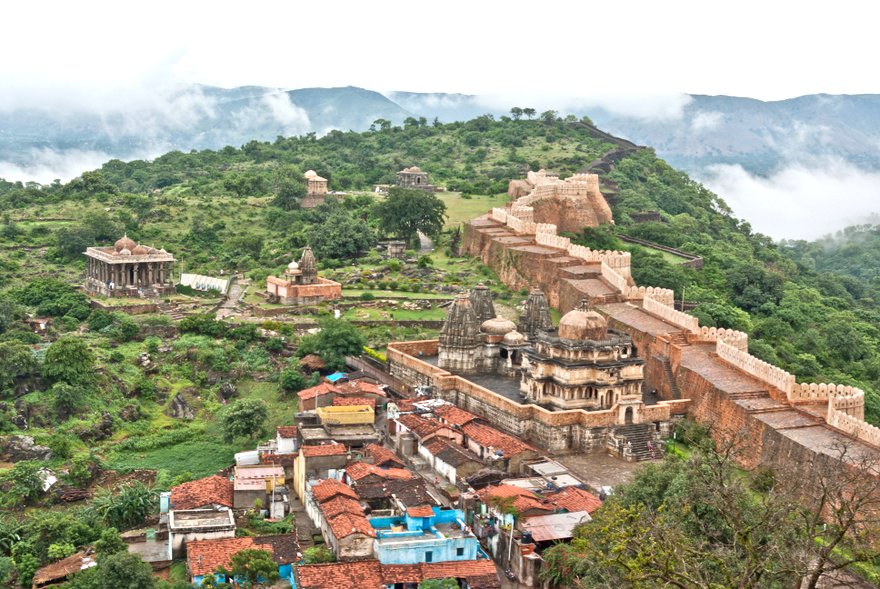
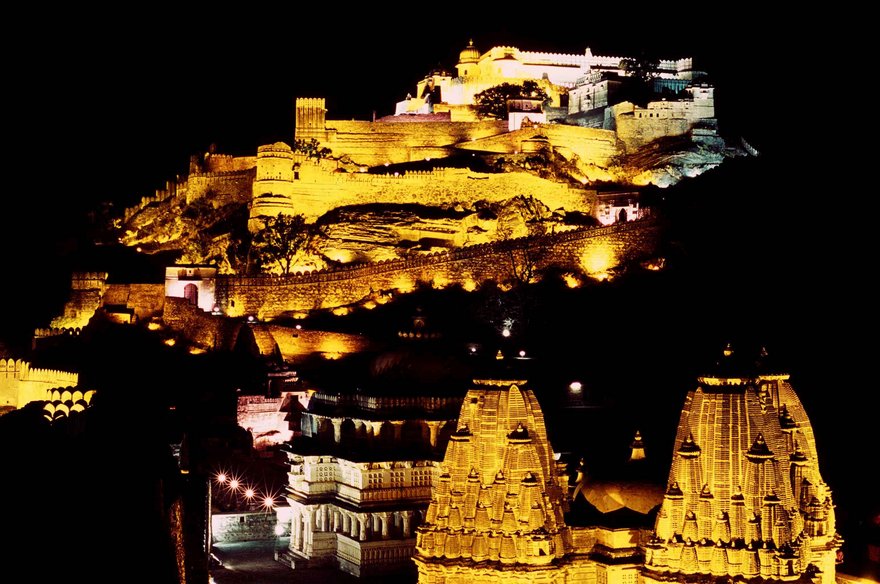
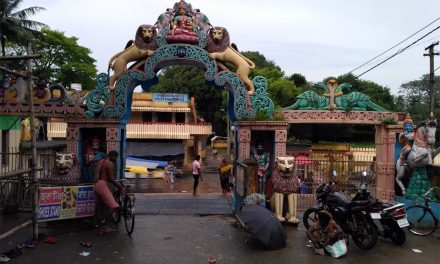

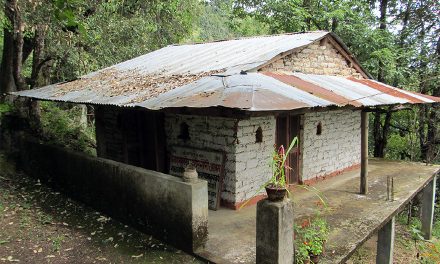









I have been to Kumbalghar and walked on part of the walls. Astonishingly beautiful, impressive, magnificent! Our guide was Singji, leading a VegVoyages tour. Such an amazing structure, it’s a wonder that many people have not yet heard of it.
so sad they believed a human sacrifice was needed now i won’t visit
kindly thankyou
JaiOM. We got so many historical sites so why not publicised widely through India Incredible or otherwise.
It is so beautiful and worth knowing the history.
Thank you.
The pictures are very interesting together with information.Thanks
D.RaghavendraRao
What a fantastic article, didn’t know such a superb place ever existed. Very few people know, the Indian Govt should promote such wonders to the rest of the world. The world needs to know & see. It belongs to ALL.
Thank You ! Million times over.
Beautiful site. Besides numerous forts and monuments in Rajasthan, this is an unique one.
Excellent infomation & pictures for the knowledge of public in India & abroad.